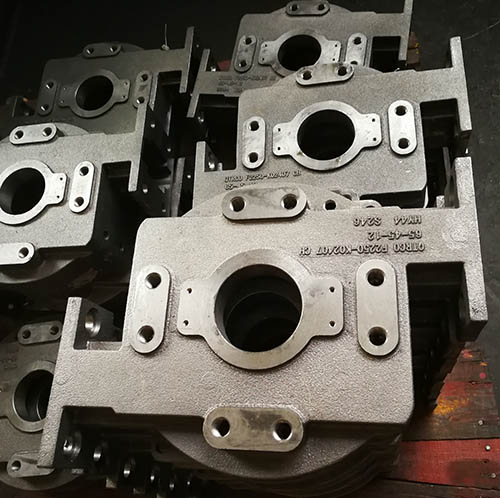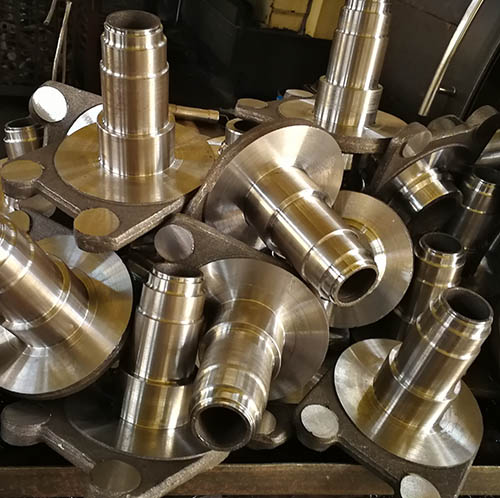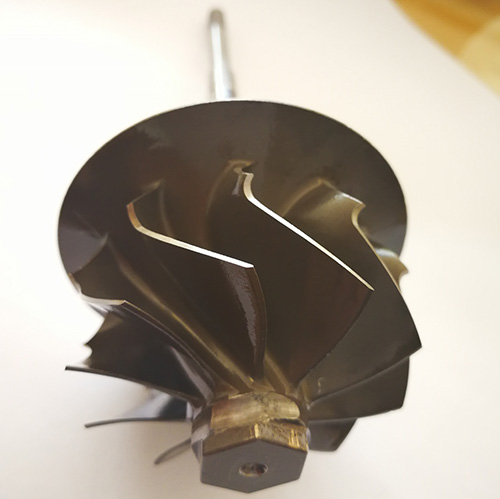How to reduce arsenic in sulfide ore flotation
Sulfide ore flotation and arsenic reduction
Arsenic is a highly toxic element, and its oxide is also very toxic. It is a fungicide and a preservative. Arsenic is a carcinogen. The wastewater, waste residue and waste gas from beneficiation and smelting have a great impact on the environment. China's surface water 1, H, sub-category (water source or drinking water) stipulates that the total arsenic is not more than 0.05mg / L, and the smelting concentrate contains less than 0.5% arsenic. There are more than 150 kinds of minerals of arsenic. There arsenopyrite, arsenic sulfur copper ore, tennantite, realgar, orpiment, arsenic and iron, lead, zinc, antimony, silver, gold, nickel, tin ore beneficiation workers often encountered. It is a common problem to reduce arsenic in ore concentrates.
To suppress arsenic in the ore, first understand the existence of arsenic. If arsenic is a component of the mineral lattice, arsenic in arsenic arsenite or arsenic bismuth ore is not easily removed by beneficiation, and these minerals can only be inhibited by more complicated methods; if arsenic exists in a separate mineral form It is only closely symbiotic with the useful minerals. It can often be re-milled by fine grinding or mixing of concentrates. The monomer is first separated and then inhibited by chemicals. The various inhibitors of the agents mentioned later are based on the separation of substantially arsenic-containing minerals. Sulfide ore poisoning sand (EeAsS) is the most common. To suppress it, you need to understand the floatability of the arsenopyrite.
In general, the floatability of arsenopyrite is similar to that of pyrite, but arsenopyrite is more oxidized than pyrite. The arsenopyrite has the best floatability at a pH of 3~4, and is easily activated by copper and lead ions. It can be harvested with xanthate collectors. At a high pH, ​​a hydrophilic iron hydroxide or the like is formed on the surface, and the pH is >9.5 to 11, and the floatability is drastically lowered. Susceptible to inhibition lime, bleaching powder, and potassium permanganate.
To reduce arsenic in toxic sand ore, the following methods can be used:
(1) Select a highly selective collector. Such as sulfur nitrogen, 7.-200, methyl thioxanthate, amine alcohol xanthate and the like.
(2) Inhibitors of similar nature to the collector. For example, alkyl trithiocarbonate (RSCSSNa) can exclude yellow from the surface of arsenopyrite; TTPOKC, a new drug such as two alkenyl trithiocarbonate (NTTK) and propoxy sulfide (OIIC), can be used. It is on the surface of the poisonous sand to prevent the yellow drug from adsorbing on the surface of the arsenopyrite, making it hydrophilic.
(3) Combination inhibitors of lime and other agents. Lime itself has the effect of increasing the pH, and Ca* also has an inhibitory effect, which is combined with other agents to enhance the inhibition. Such as lime + ammonium salt (ammonium nitrate or ammonium chloride); lime + sodium sulfite; lime + sodium sulfide (the latter precipitated copper ions); lime + CaCl2c
(4) The oxidant accelerates the oxidation of the arsenopyrite. Tests have shown that arsenopyrite is more susceptible to oxidation than pyrite. From the oxidative descending order of the former sulfide minerals, it is known that pyrite is more easily oxidized than many minerals, so it can be used to oxidize the hydrophilicity of the arsenopyrite than other minerals, and to suppress it by adding an oxidizing agent. Common oxidizing agents are: potassium permanganate, hydrogen peroxide, manganese dioxide, bleaching powder, potassium peroxodisulfate (K2S2Og), potassium hypochlorite, and potassium chromium weight. In the separation of arsenopyrite and pyrite, potassium oxalate can be used to inhibit arsenopyrite.
(5) Sulfate complexes. Such as sodium sulfite, sodium thiosulfate and zinc sulfate, sodium sulfide, tannins and other combinations have been successfully reported.
(6) Zinc sulfate + sodium carbonate to form colloidal zinc carbonate.
(7) Organic inhibitors. Such as dextrin, sodium humate, tannin, polyacrylamide, lignosulfonate, HS, etc., alone or in combination with other agents to inhibit arsenic.
As for the separation of sulfur-arsenic copper ore and copper-containing minerals, its industrial significance is small. There are several ways to consider:
(1) Yellow medicinal amount 20mg/L, potential -250mV, pH 9.0 inhibits chalcopyrite anti-float arsenic copper ore.
(2) At a pH of 9, use 250 mg/L MAA (a mixture of magnesium ammonium, 0.5 mol/L magnesium chloride hexahydrate, 2.0 mol/L ammonium chloride, 1.5 mol/L ammonium hydroxide) to inhibit sulfur arsenic Copper ore, with yellow medicine floating chalcopyrite.
(3) Leaching sulphur-arsenic copper ore with bacteria such as B. oxidans and Thiobacillus thiooxidans under conditions of H2O and 02. For high-arsenic concentrates (such as arsenic gold ore), roasting is used to remove arsenic from arsenic oxide.
Steel Castings -- Cast Steel Valve Parts
My factory specialize in manufacturing the customized casting parts including Iron Castings, steel castings and non-ferrous metal castings etc..
The steel castings scope mainly includes Cast Steel valve parts, pump parts, turbocharger parts, agricultural parts, cylinder parts, Engine Parts and so on.
Material mainly includes carbon steel, alloy steel and any customized special casting steel.



Cast Steel Valve Parts
Cast Steel Valve Parts,Cast Steel Valves,Steel Casting Valve Disc,Carbon Steel Valve Parts
Dandong Hengrui Machinery Co., Ltd. , http://www.hrcastings.com